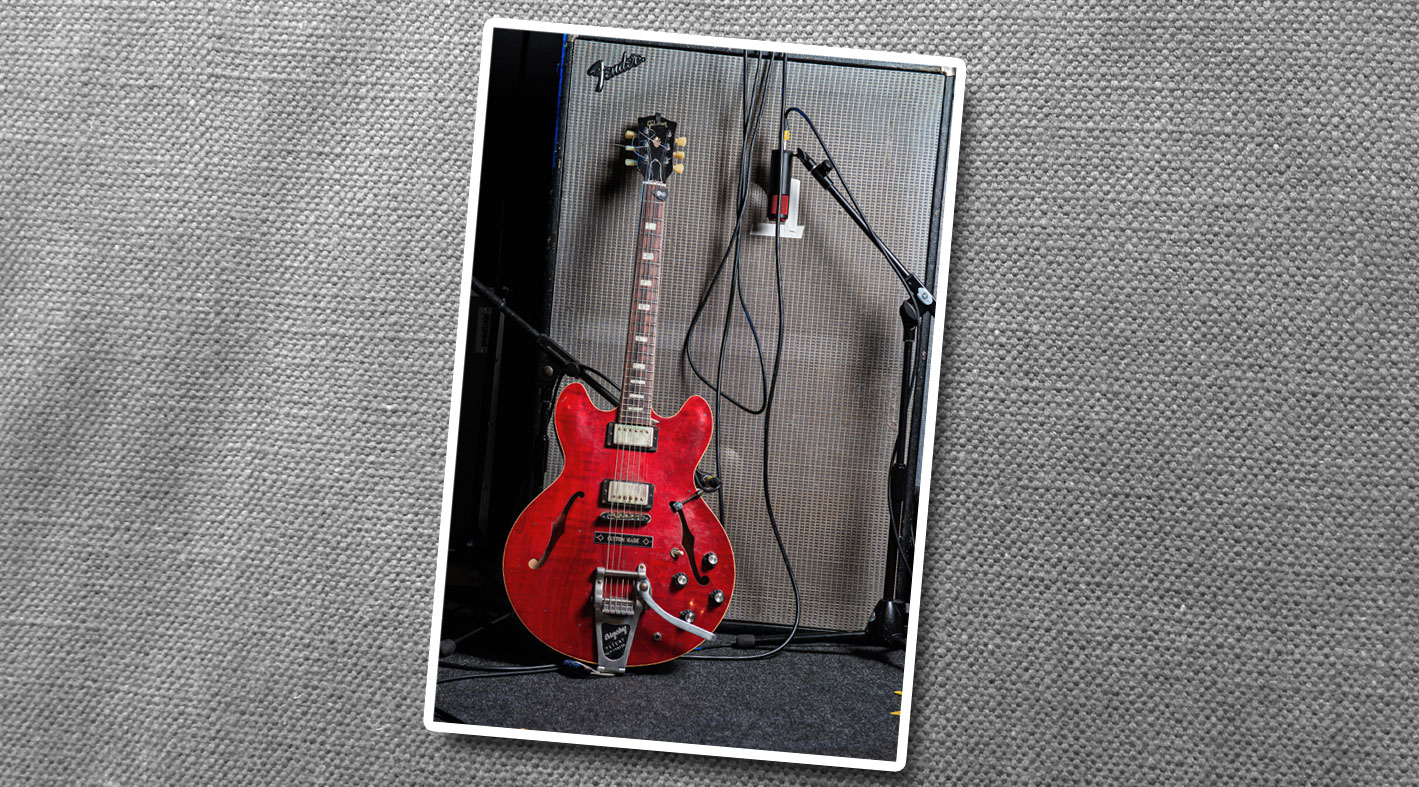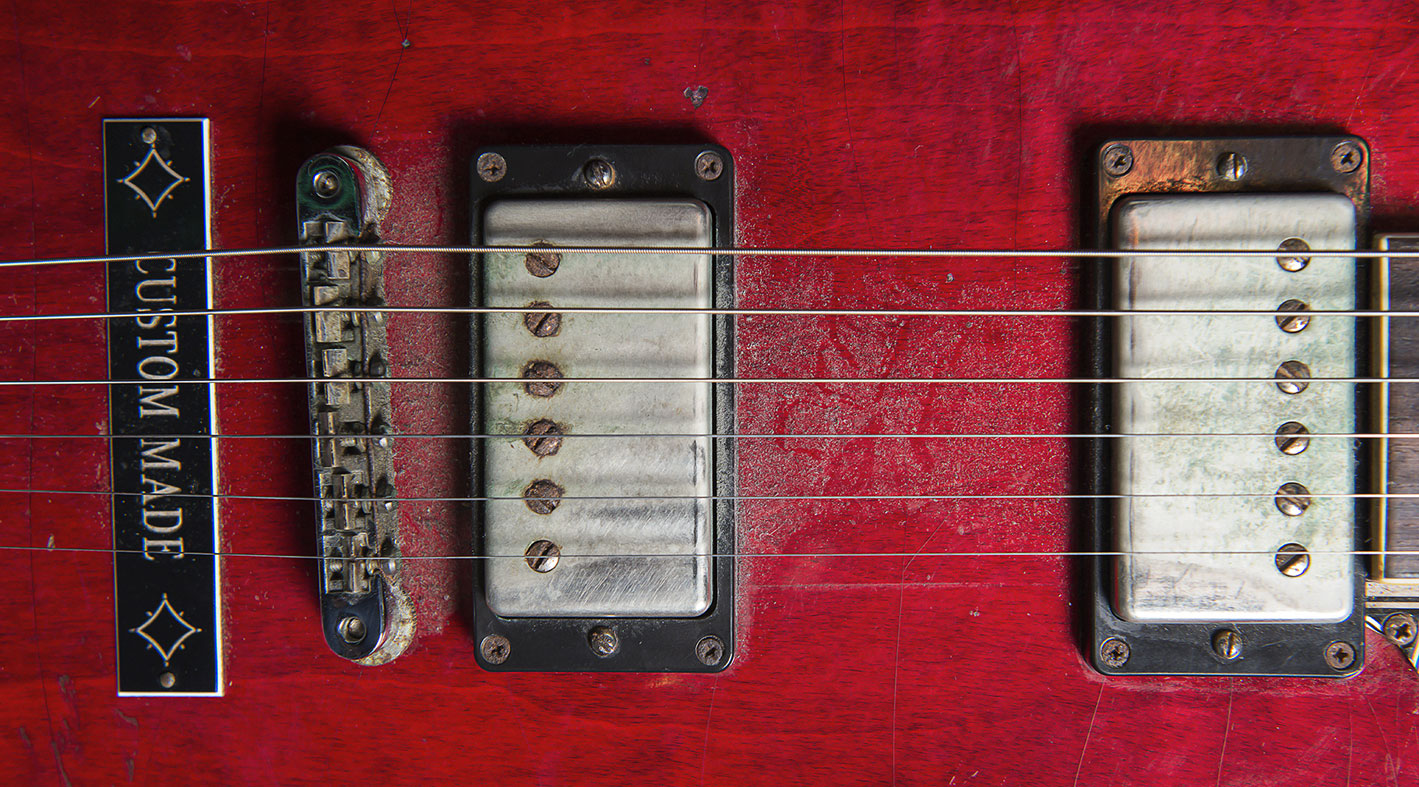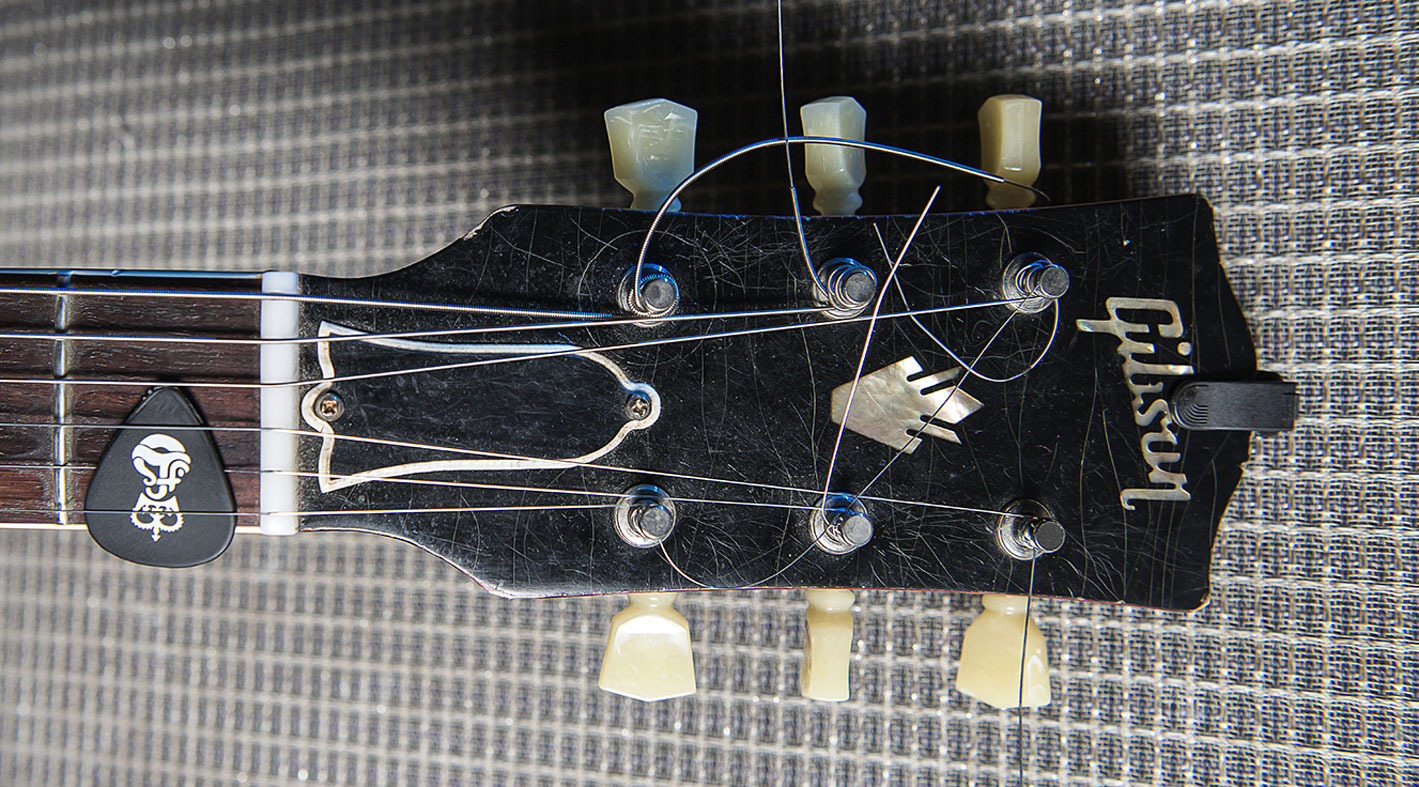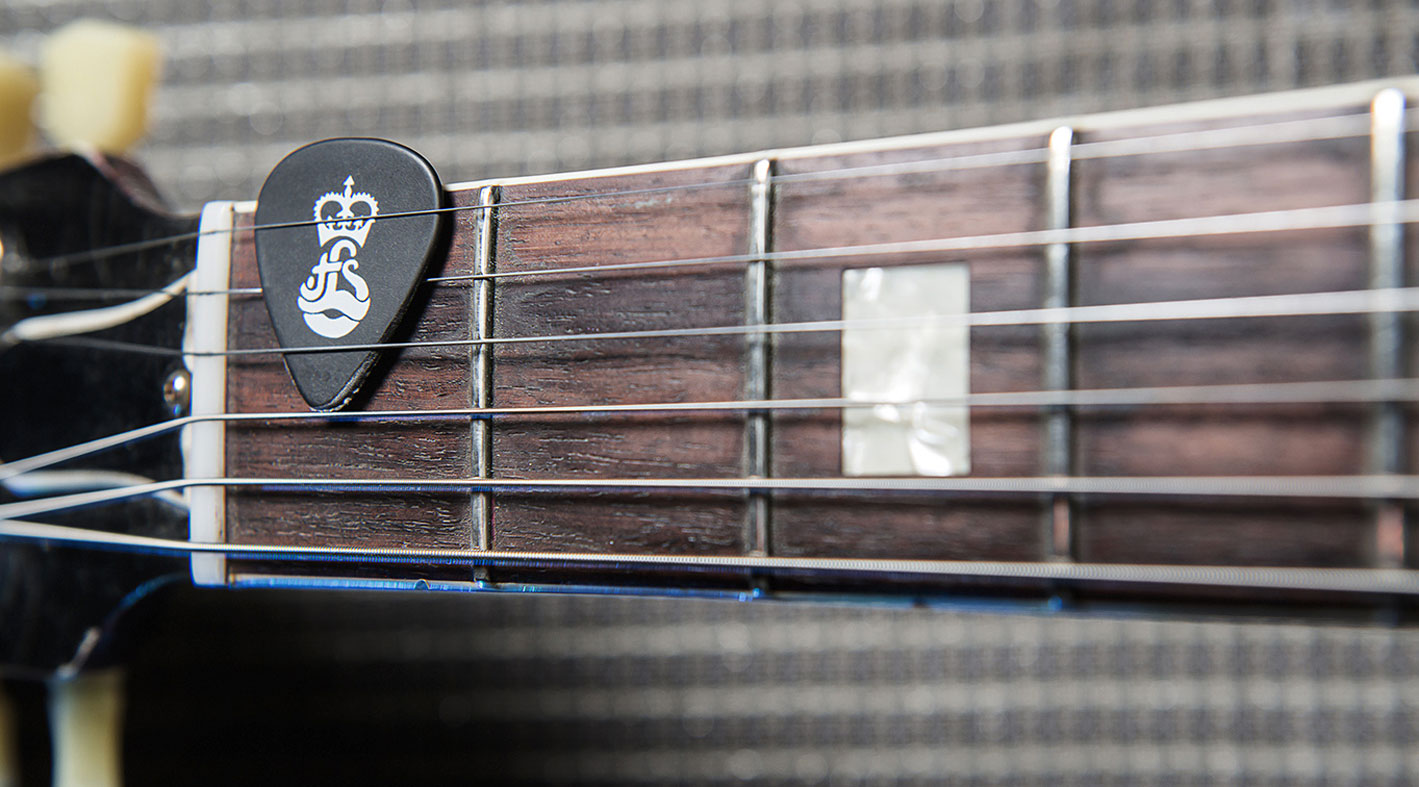London Souls' Tash Neal on his favourite guitar moments, Gibson ES-335s and the road to recovery
The guitarist on his battle to play after a life-threatening car crash
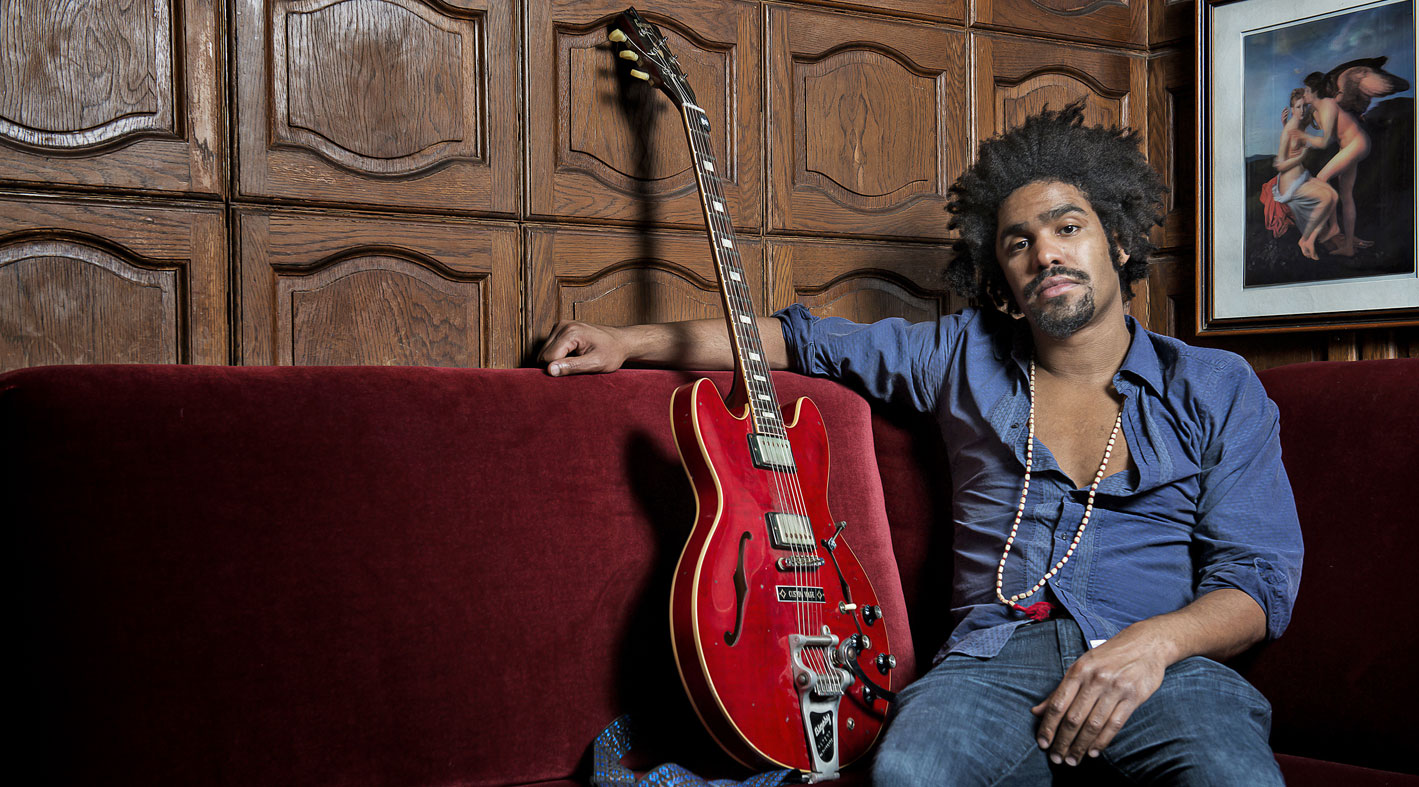
Introduction
The London Souls guitar phenomenon Tash Neal has battled more than most to get where he is today. We chat childhood visions, simple tones and how a cab ride nearly cost him his life…
Catching New York two-piece The London Souls live is a mind-blowing experience that will push any self-respecting guitarist into the realms of shuddering envy. While drummer Chris St Hilaire is coolness personified, rolling around the kit like Bonham, Moon and Mitchell combined, frontman and guitarist Tash Neal is simply out there on his own.
Soaring psych solos and killer rhythm-playing are par for the course
Soaring psych solos and killer rhythm-playing are par for the course, while Neal’s unfazed ability to pump out grinding basslines along with whatever genius lead lines he’s carving out in the higher registers is nothing short of stunning to behold.
The London Souls have been milling around the NYC club scene since 2008 and the duo’s astounding tightness and explosive live energy can be part-explained by the fact Chris and Tash have been jamming since they were just 16 or 17 years old.
In recent years, the band have been turning heads at all levels, enjoying lofty support slots with everyone from Lenny Kravitz to Billy Idol, while also releasing two superb albums.
We caught up with Tash just before his group took the stage at the Sebright Arms in East London, a sole headline date squeezed in mid-tour with Catfish And The Bottlemen. It turns out that it is actually a miracle that Tash is here with us at all this evening.
Following a severe life-threatening car crash back in 2012, professional opinion predicted that Neal’s career as a musician was effectively over. His is a true rock ’n’ roll survival story…
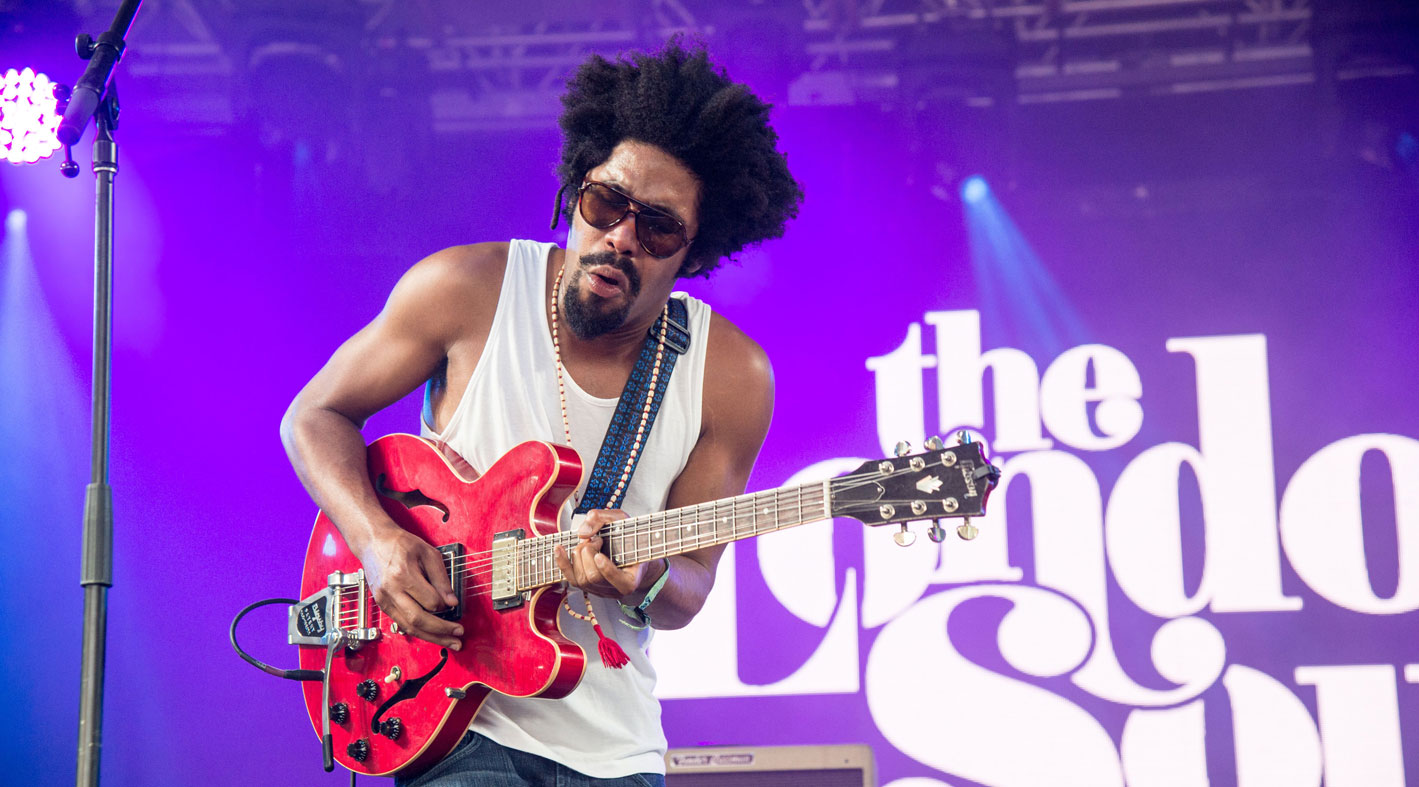
Hit and run
Your car accident three years ago sounds horrendous. What exactly happened and how long was it before you were able to play guitar again?
“The accident was just after we’d recorded the new album [Here Come The Girls, 2015], which we really felt was the best thing we’d ever done. It was May 2012 and I was in a New York taxi cab and it got hit by drag racers in a hit and run.
I was left for dead and it’s crazy, because it’s a miracle that I lived
“I was left for dead and it’s crazy, because it’s a miracle that I lived. I’m still disoriented. It will take me my entire life to recover from that. They took out half of my skull to operate… and I couldn’t even feel half of my head for a year and a half.
“Speaking specifically about guitar, I was in hospital and it was the second day I’d been conscious after I’d been in a coma for a week. I couldn’t walk yet and I wasn’t supposed to be able to walk for about six months to a year. My dad was there in the room. He was a musician and he knew what music can do spiritually and how it can lift you up.
“He’d brought my acoustic nylon-string that he and my mum gave me when I was a kid, my baby that I write most of my songs on. I took it from him while I was on the hospital bed and straight away played A, G, D, first position. I gave it back and passed out again and then - maybe a week later - I walked for the first time.”
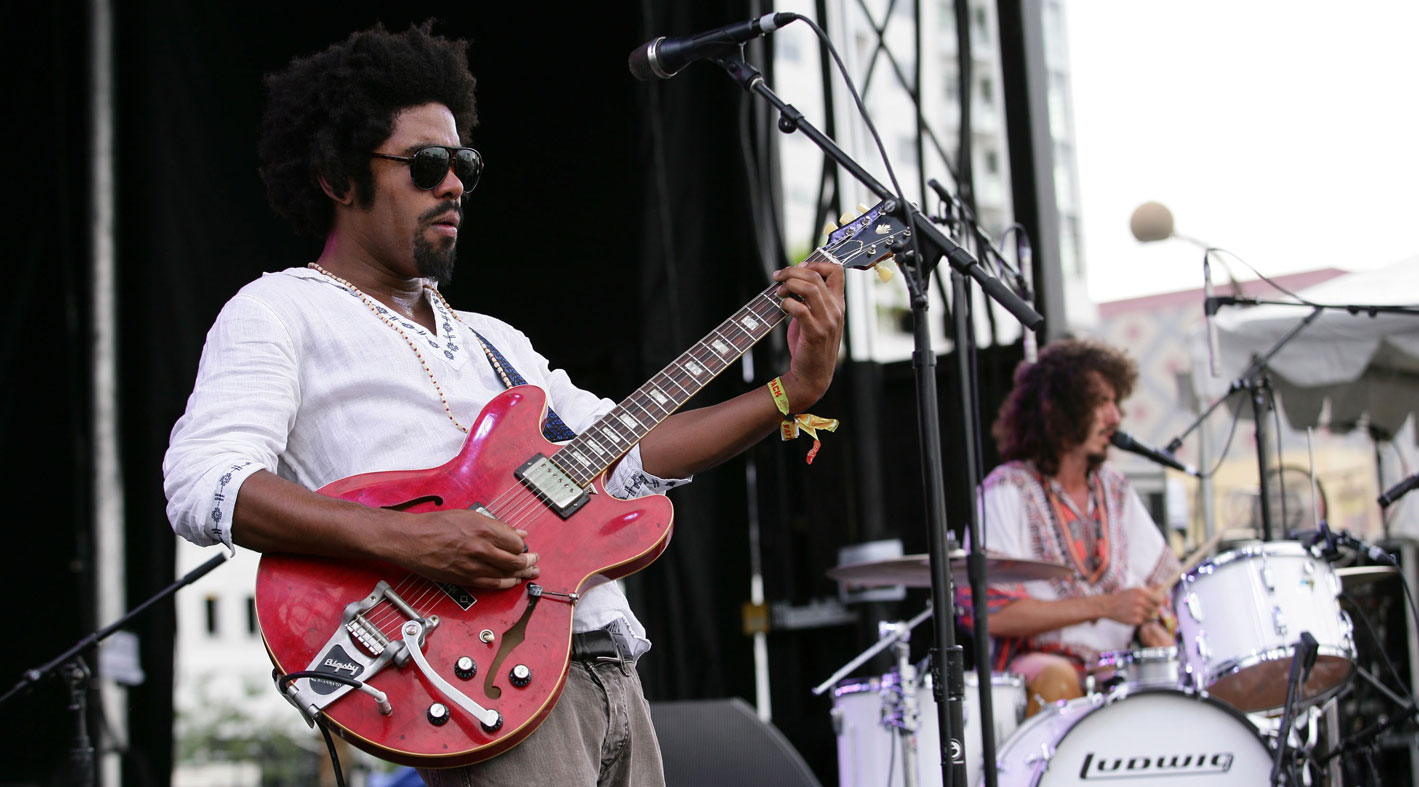
Road to recovery
There still must have been a real fear that you would never be able to go out on the road again…
“Early on in my recovery, I asked myself, ‘Can I remember songs that I wrote?’ The song I tried to remember first was Old Country Road, from the first album, and I could remember it! I couldn’t remember a lot of other things but I could remember my songs, so that was another miracle for me.
It was through the perspective of guitar that I really recovered
“I still had to fight through the recovery process and all the pain, but most of it was wins and miracles because I wasn’t supposed to live after the accident, you know what I mean? Based on the science, based on the x-rays and based on the damage that was done to my brain, I should not be able to cognitively function and I shouldn’t be able to play guitar or remember songs… but it was through the perspective of guitar that I really recovered.
“I couldn’t stand and hold the 335 at first because it was too heavy for me. It was medically unsafe for me to stand and play, so it wasn’t until I got this plate put in [September 2012] that I really began to get back into it.
“Then, that January [2013], we hit the road harder than we’d ever hit the road. I was like, ‘Fuck it!’ If you get a second chance at life and you have the opportunity to do something, do it… and that’s what I did.”
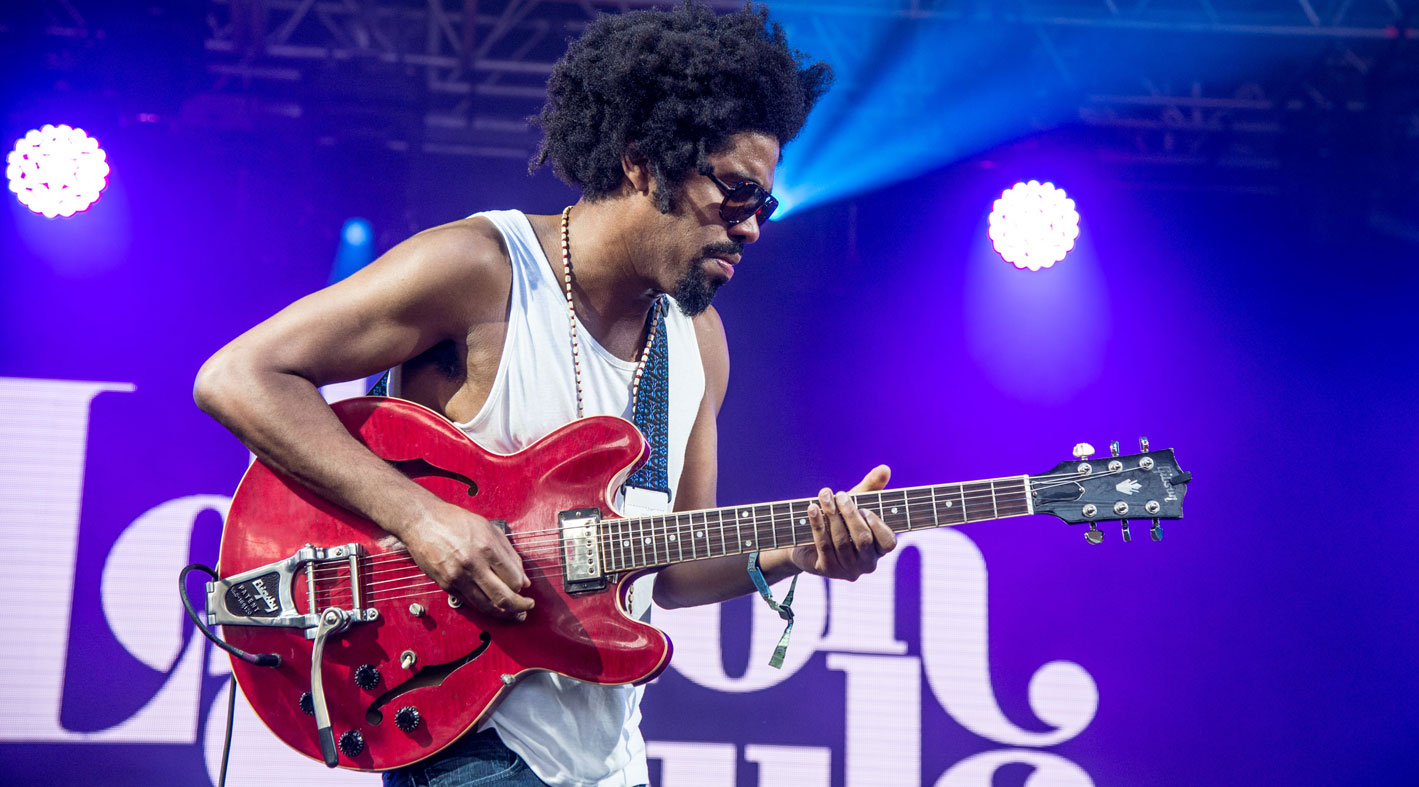
Roots
You’re such a unique and versatile player. What inspired you to first pick up a guitar?
“Both my parents were musicians. My dad played 27 instruments and my mum was a piano prodigy. I started playing guitar when I was eight, but the weird thing was that I had no interest in guitar music at the time.
I only chose guitar because a vision came into my head of some dude with a guitar on
“I still remember the day they asked me what instrument I wanted to play… and I only chose guitar because a vision came into my head of some dude with a guitar on and I could see that was the way to communicate!
“I learnt classical at first. I didn’t know about rock ’n’ roll until I was 14, but - after that - I’d be in my room eight hours a day and up all night, just playing along with records. That’s what I did for years and years.”
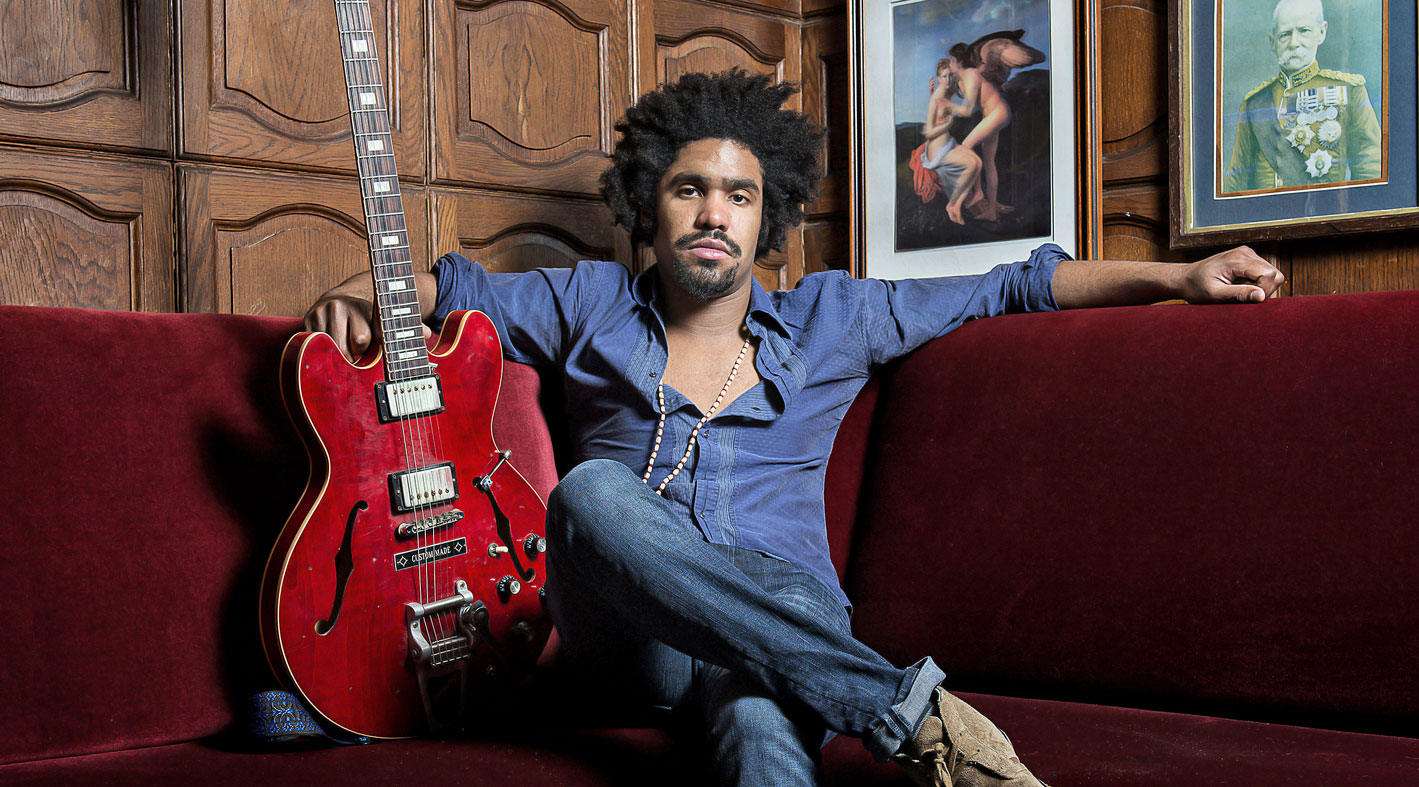
No rules
Were there particularly formative moments for you in your early years as a guitarist?
“Well, I had a few lessons, but I quit because someone said in these theory classes that there were rules to writing a song, which were sort of old-school medieval rules, like, ‘You can’t have any kind of dissonance…’ and I was like, ‘Fuck that! Rock ’n’ roll, man! Music is creative and there shouldn’t be any rules!’
You don’t need eight million pedals. It’s about what you have to say and what you’ve got
“That same year, I heard everything. I remember hearing Dark Side Of The Moon for the first time and I was like, ‘Holy shit, that’s unbelievable!’ I remember hearing Hendrix for the first time and hearing Prince play guitar and hearing Freddie King and then hearing Robert Johnson, Albert King, Muddy Waters and Mississippi John Hurt… and then seeing contemporary musicians like Derek Trucks, who’s a huge influence in terms of mastery and soul.
“I’d channel everything like Jaco Pastorius, the bass player, and Paco de Lucía. He was using the instrument as an orchestra and it shows the potential and the breadth of what you can do with a guitar.
“You don’t need eight million pedals. It’s about what you have to say and what you’ve got. I think that’s the most important thing I learnt - bringing those influences together and trying to put them through my own prism and make them relate to me and my playing.”
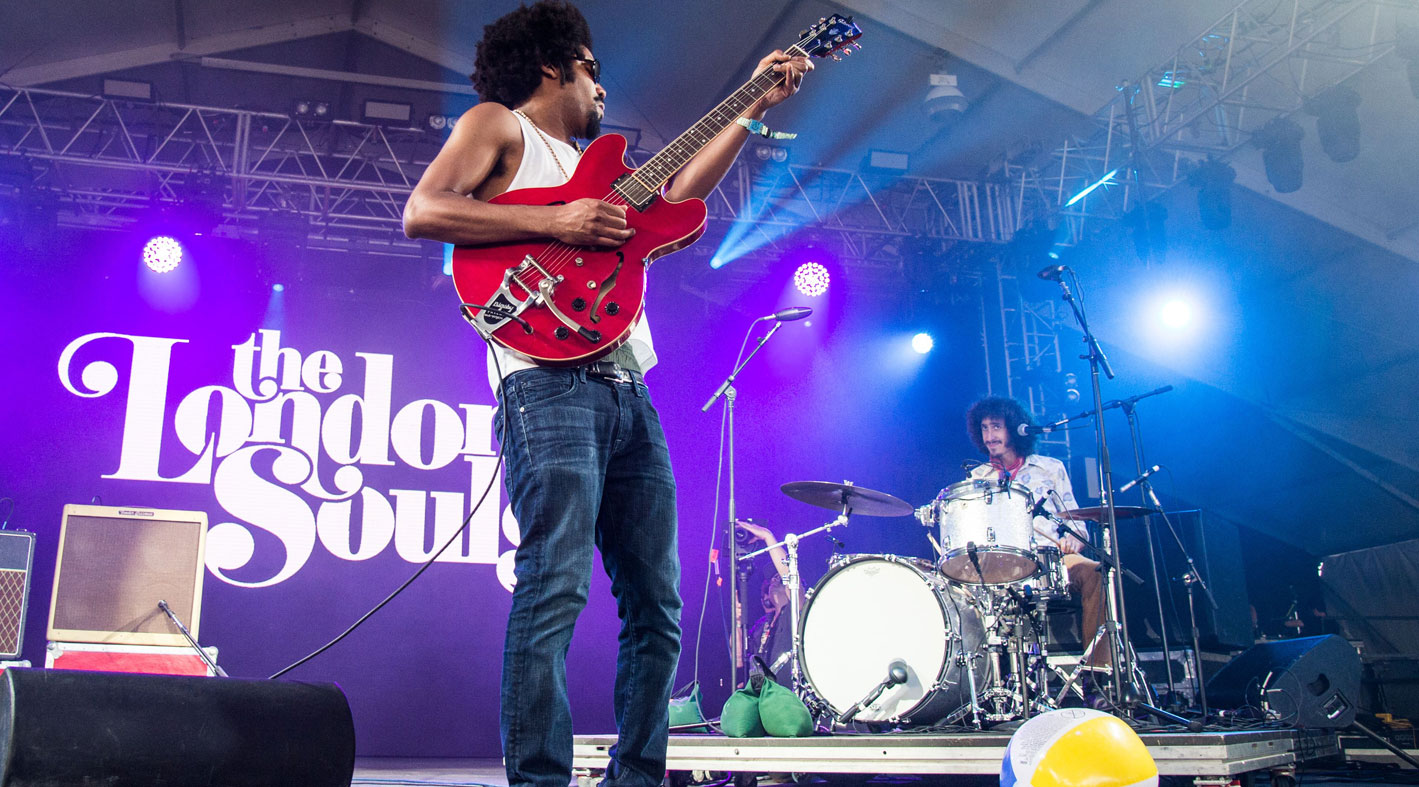
Telepathic duo
As a two-piece, you and Chris are so incredibly tight and telepathic on stage, but you used to play shows as a three-piece. Why did you change the dynamics?
“It gets confusing for people because of what’s out there on the internet. We have guests play with us and we were even a quartet at some point.
The core of what we do is the excitement, the back and forth
“We used to tour sometimes as a three-piece with a bass player, which you’ll see footage of, but after a while, the three-piece became formulaic to the point where it just wasn’t vibe-ing.
“The core of what we do is the excitement, the back and forth, the tension-building and the explosive musical reaction that can happen with no tether and no safety net.
“We’ll go out there and express ourselves inside the formula and in the framework of the song, but we never play the same shit twice. The songs grow and the songs change. We’re just more explosive as a duo.”
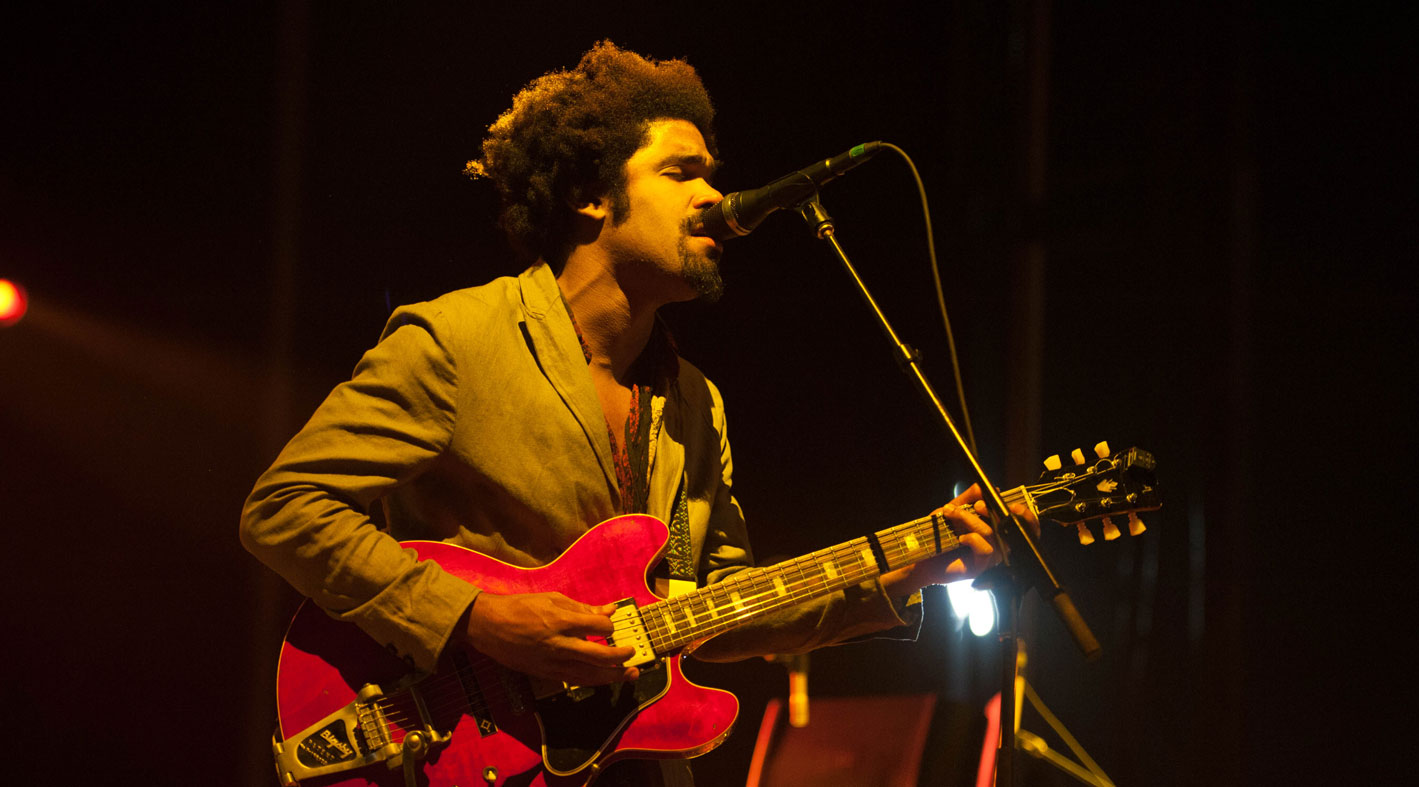
Heard it on the bassline
Technically, you pick out all the necessary low end and basslines in addition to your rhythm playing and lead work. It’s incredible to watch…
“Thanks, man. In fact, I played bass in the band for about eight months, but that was years and years ago. I gave up the guitar and we had another guitar player. It was partly because I was getting too many comparisons.
I reminded myself I had something to say. I now combine my bass playing with how I play guitar
“I’ll give you two guesses: I get Lenny [Kravitz] every day of my life, even though I don’t play like him and a lot of times, I get Hendrix. Nobody could see me for what I was doing, but then I realised it was stupid not playing guitar, because it was my passion. So I went back to it.
“I reminded myself I had something to say. I now combine my bass playing with how I play guitar. I try to play rhythm and lead at the same time, kind of like Curtis Mayfield, coming from the old-school R&B thing.
“I’m also a big fan of James Jamerson and Stevie Wonder. I don’t know how to describe how those influences come out, but they come out in the low end. It’s never conscious.”
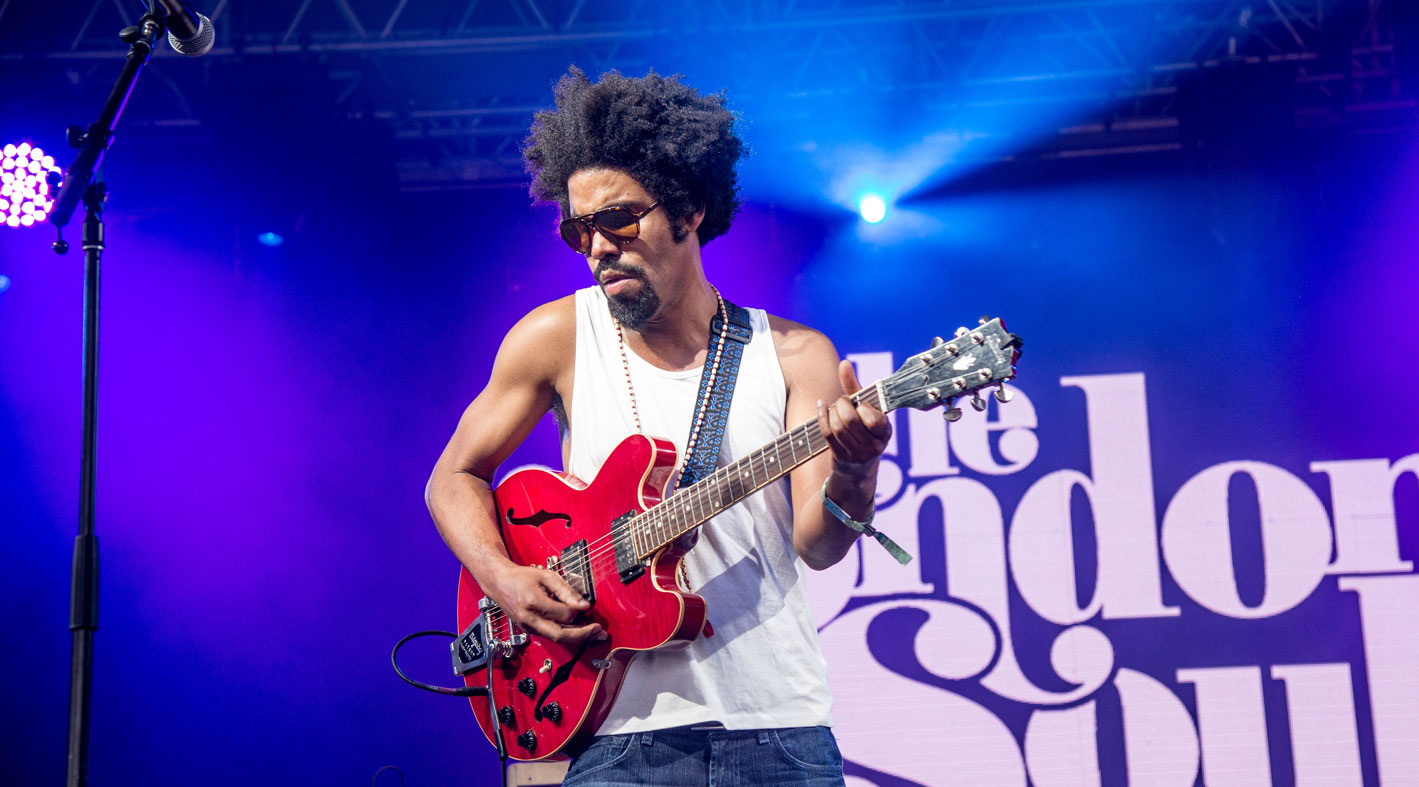
Rich pickings
What first attracted you to Gibson ES-335s and what is it you love about them?
“When I was 14 and I heard rock ’n’ roll for the first time and I heard Hendrix for the first time, I was like, ‘I’m getting an electric guitar. I’ve finally found my voice. But what am I going to get?’
Rich Robinson gave me the first Rich Robinson custom model, which is my main guitar now
“I knew I couldn’t play a Strat because it would just be endless. I couldn’t even look at that kind of guitar without hearing someone go, ‘Ohhh, it’s Hendrix!’ But then I saw this picture in a guitar mag of Rich Robinson, and he was playing this 335 and I was like, ‘This motherfucker… that’s my shit, man! That’s me.’
“And, around 13 years later, Rich Robinson gave me the first Rich Robinson custom model, which is my main guitar now. It was one of the thrills of my life. I told his brother Chris I saw that picture all those years ago and it was the reason I play guitar and he told Rich and Rich gave it to me. It was really touching. They’re like family. I just like the warmth and the tone and the feel of 335s. They just feel like home to me.”
Do you ever change the pickups in your guitars or modify them in any way?
“That’s not my first priority. I’m lucky enough to have what I have and I don’t have the money to do things like that. I just get what I get and make the best of it.”
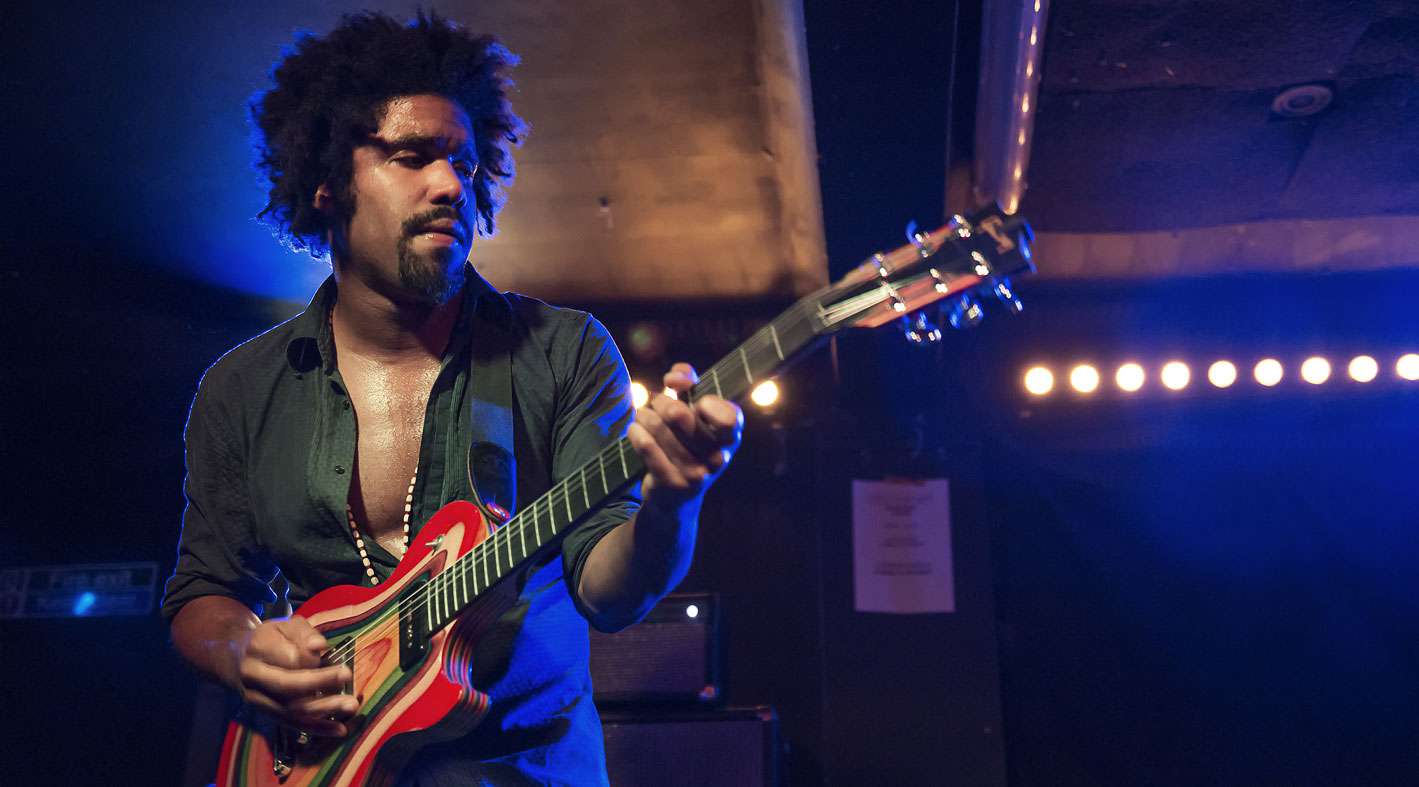
Two tones
How do you get your overdrive tones?
“It depends what amp I’m playing. Tonight I’m playing through a friend’s Fender, but at home I’ve got an AC30, which is my main amp.
What I do always use is an MXR input boost because I need to boost the signal
“My gear’s really simple. I only use one or two pedals. I need to have basic gain of some sort just to dirty things up a bit, because I don’t like having a clean tone. Sometimes the amp I’m going through will have good gain anyway.
“The drive pedal tonight is a custom [Figure Effects] Figure 11, I think, but I could be using any gain pedal, really. What I do always use is an MXR input boost because I need to boost the signal.
“If I’ve got a good sound coming out of the amp already, I’ll just want it a little louder if I’m playing a solo or if I’m doing something dynamically bigger with the song, I might bring it down in parts. Someday, I’ll have a bunch of shit - I just don’t have the money right now!”
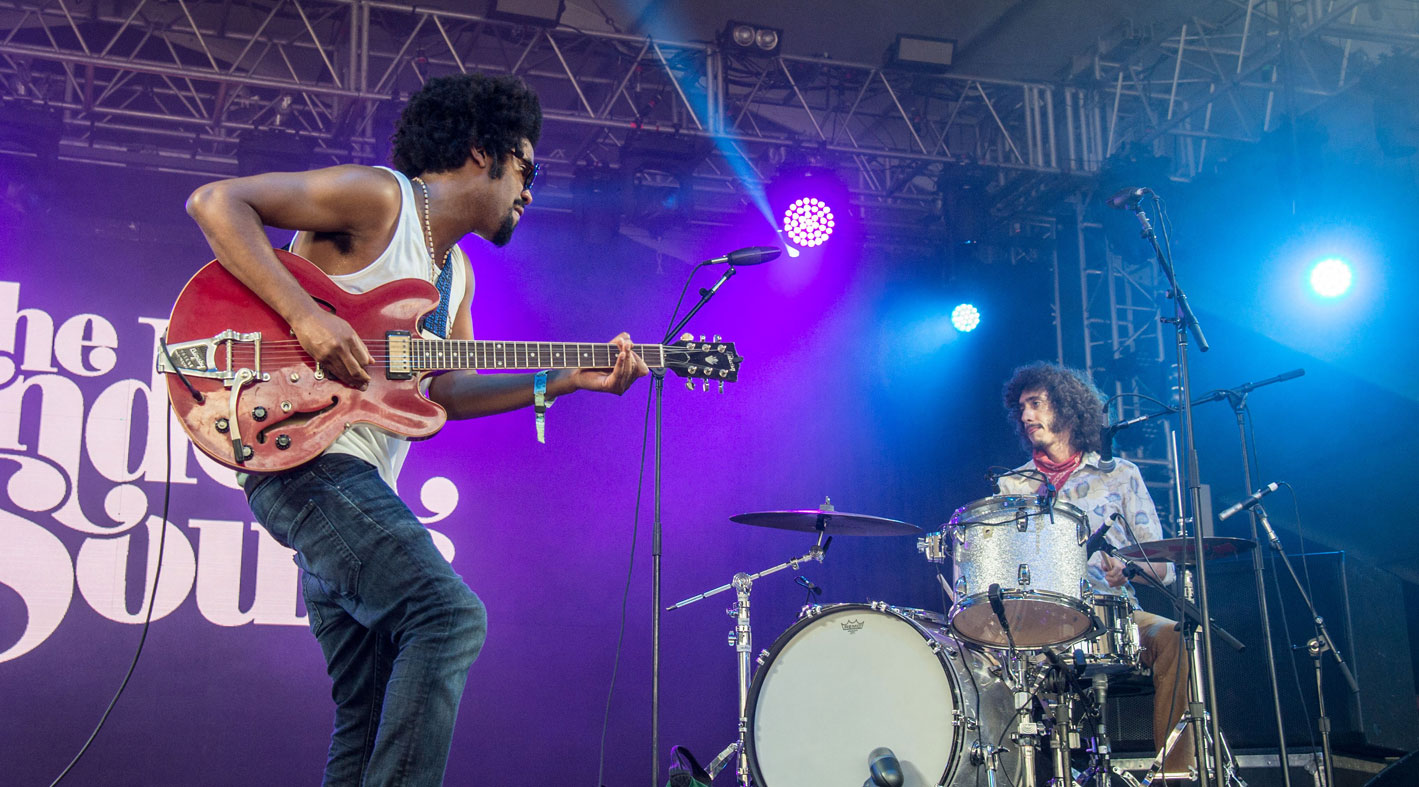
Five favourites
Finally, could you pick out your five favourite guitar recordings?
“Oh, I’d love to do that! First, I’m going to go with The Staple Singers’ Will The Circle Be Unbroken. Pops Staples is such an underrated guitar player, so I have to put that up there first. It’s just got depth. He’s the only audible, melodic, rhythmic instrument on some of their tracks, but it’s so full-sounding.
The lines that Hendrix played could have been horns or they could have been vocals
“Next, Dust My Broom, Freddie King. That’s a fucking badass version. Then, let’s go with Long Hot Summer Night by Hendrix. He used the guitar like an orchestral instrument. Whenever he layered things, it was never for nothing. For me, the lines that he played could have been horns or they could have been vocals but they were always appropriate and always musical and for the arrangement.
“Next, I’ve got to go with Cream, man, and Politician. Clapton overlaying the second guitar solo… crazy! Then, it’s Zeppelin’s Since I’ve Been Loving You. Jimmy Page’s phrasing just in front of the turnaround is crazy, as is his solo and his phrasing during the verses where he does the arpeggios. For a guitar nerd, that’s just great!”
The London Souls’ latest album, Here Come The Girls, is available now.
